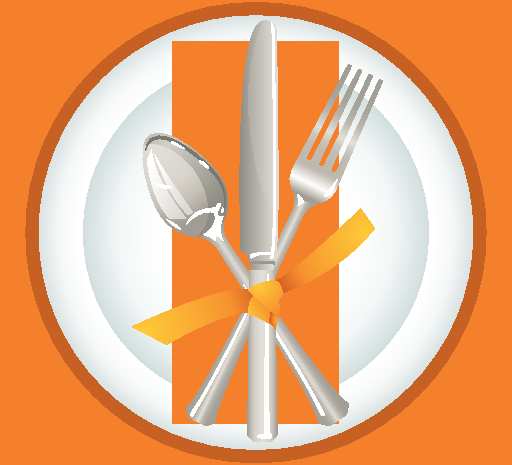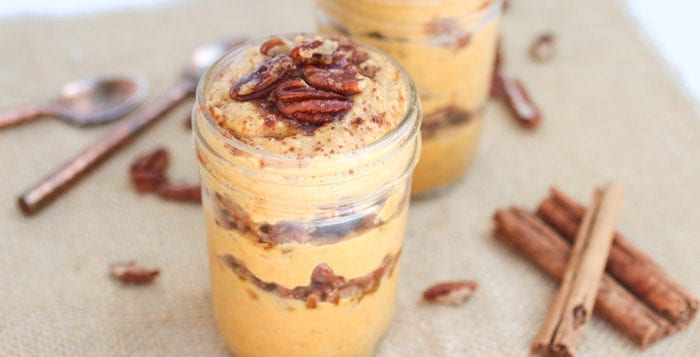By David Dunaief, M.D.

Dear Santa,
It’s been a while since I wrote, and I know you have a lot of last-minute requests at this time of year, so I’ll keep this short.
Kids around the world look to you as a role model for kindness and generosity. That must feel pretty good.
They also marvel at your round belly, claiming that it shakes when you laugh like a bowl full of jelly. Then, they literally feed that belly by setting out cookies and other sweets for you on Christmas Eve.
I have nothing against your round belly, but I’m concerned about the message it sends. We’re currently facing an epidemic of overweight kids and an ever-increasing number of children with type 2 diabetes. According to the CDC, the percentage of children in the U.S. between ages 10 and 19 with type 2 diabetes nearly doubled from 2001 to 2017. You, Santa, with your influence, can help reverse this trend.
Obesity has a much higher risk of shortening a person’s life span, not to mention affecting their quality of life. The most dangerous type of obesity is visceral adipose tissue, which means central belly fat. An easy way to tell if someone is too rotund is if their waistline, measured from the navel, is 40 inches or more for a man and 35 inches or more for a woman. Risks for pancreatic cancer, breast cancer, liver cancer and heart disease increase dramatically with this increased fat.
Santa, here is your opportunity to lead by example (and, maybe by summer, to fit into those skinny jeans you hide in the back of your closet).
Think of the personal advantages of being trimmer. Your joints won’t ache with the winter cold, and you will have more energy. Plus, studies show that, with a diet that emphasizes fruits, vegetables and whole grains, you can reverse clogged arteries and avoid strokes, heart attacks and peripheral vascular disease. With a simple change, like eating a handful of raw nuts a day, you can reduce your heart disease risk significantly.
Losing weight will also change your center of gravity, which will make it easier for you to keep your balance on those steep, icy rooftops.
Exercise will help as well. Maybe this Christmas Eve, you could walk or jog alongside the sleigh for the first continent or so. As you continue to exercise during the “offseason,” you’ll start to tighten your abs and slowly see fat disappear from your midsection.
This might make it easier to steal a base or two during the North Pole Athletic League’s Softball season. The elves don’t even bother holding you on base anymore, do they?
Of course, the cookies don’t help. You might let slip that the modern Santa enjoys fruits, especially berries, and veggies, with an emphasis on cruciferous veggies like broccoli florets dipped in humus, which have substantial antioxidant qualities and can help reverse disease. And, of course, skip putting candy in the stockings. No one needs more sugar, and I’m sure that, over the long night, it’s hard to resist sneaking a few pieces, yourself.
As for your loyal fans, you could place active games under the tree. You and your elves could create an app with workout videos for those of us who need them, and we could follow along as you showed us “12 Days of Workouts with Santa and Friends.” Who knows, you might become the next Shaun T!
You could gift athletic equipment, such as baseball gloves, footballs and basketballs, instead of video games. Or wearable devices that track step counts and bike routes. Or stuff gift certificates for dance lessons into people’s stockings.
As you become more active, you’ll find that you have more energy all year round, not just on Christmas Eve. If you start soon, Santa, maybe by next year, you’ll be able to park the sleigh farther away and skip from chimney to chimney.
The benefits of a healthier Santa will ripple across the world. Your reindeer won’t have to work so hard. You might fit extra presents in your sleigh. And Santa, you will be sending kids and adults the world over the right message about taking control of their health through nutrition and exercise. That’s the best gift you could give!
Wishing you good health in the coming year,
David
P.S. If you have a little extra room in your sleigh, I could use a new pair of batting gloves. I hear the Yankees need help, and I’ve been practicing, just in case.
Dr. David Dunaief is a speaker, author and local lifestyle medicine physician focusing on the integration of medicine, nutrition, fitness and stress management. For further information, visit www.medicalcompassmd.com.









